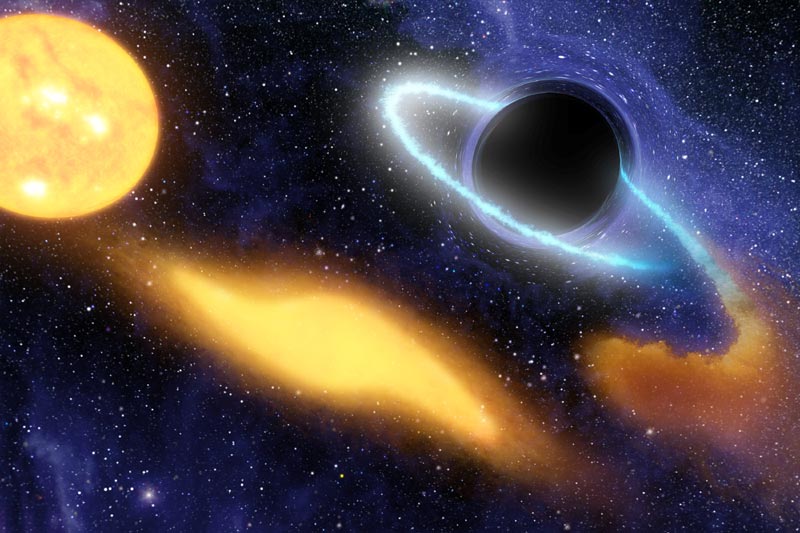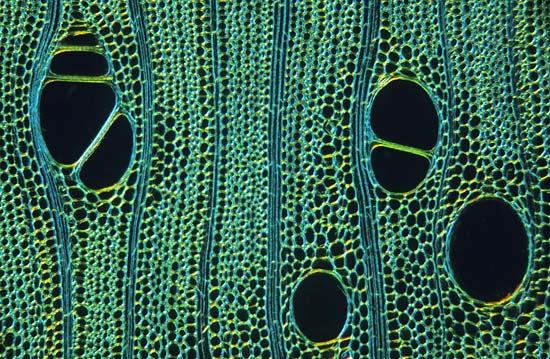Beyond Ontology

Where are the abysses? But they are already swarming: through the lines of others' faces and in the depths of spaces, in reflections and in distortions, flowing over one another within the black holes through which subjectivity escapes. An abyss swarms because it is always consuming: it is the earth itself, an autopoeitic unity of timeless forces and endless devourings. The terrifying abyss of nonsense is fulfilled in the floating signifier -- not in the pure ‘being’ which speaks, but in the machinic mixture of surfaces and the self-destruction of the depths. Significations are yielded by dynamic enunciative assemblages, or precosmic abstract machines. Sense is so fragile: because it is founded upon nonsense. God, the world, and the self are all surface effects: they transcendently anchor sense, give a predetermined sense to themselves. They are their own guarantee--which is precisely why we have to trace beyond the surface.
Language does not possibilize itself: the world of incorporeal effects, or surface effects, makes language possible. This world is a distinction which allows speech: grounded only by pure events which wait upon us as we wait upon them, living only inside the language which expresses them. Secondarily only does language attract itself onto bodies as qualities. “Sense brings that which expresses it into existence, and from that point on is pure inherence, it brings itself to exist, within that which expresses it.” (166, 23rd series Logic of Sense) Sense is light, of the surface, a tracing between surfaces, an interface between subspaces, a biunivocalization: “Language is rendered possible by the frontier which separates it from things and from bodies, including those which speak.” (ibid.) Sense maps the fractal boundaries between the surface of the real and the virtual, and in this way functions as a primary transversal operator: affect, not the modes of existence of a body, but its nonsense: the black holes of sensation, the molecular flux of bodies and mixtures. A primary transcoding erupts: a hyper-organization becoming co-linearized, either in order words or DNA, which express the conditions of presentation-- the possibility of a saying or the annihilation of a representation.
But how is the surface organized, and how does the chaotic machinery of the depths work? The abyssal world of incorporeal effects can be seen to belong to another order of time: one of bodies, blockages, durations and causes -- the pure present, God; but there is another order, always already passed but always to come, the other time which is incorporeal, “the pure empty form of time,” stretching out infinitely in a straight line in either direction, the truth of time, which has unwound its circle and straightened itself up. This is the process of what Deleuze calls counter-actualizations: “Counter-actualization is nothing, it belongs to a buffoon when it operates alone and pretends to have the value of what could have happened. But, to be the mime of what effectively occurs, to double the actualization with a counter-actualization, the identification with a distance, like the true actor and dancer, is to give the truth of the event the only change of not being confused with its inevitable actualiztion.” (161 ibid) The time of the event, of the incorporeal affect, is the time of counter-actualization: taking the event and considering it at a distance, ‘making sense of it.’ So when the order of the surface is itself cracked, an 'inevitable' war machine arises to maintain order: but ought the surface be kept from breaking apart -- or should its fragmentation be accelerated?
Ethics is not only a science of brokenness, a toplogy of lack or fractions or strata... but a science of molecular integration, in short, of community. A first-order ethics presents an algebra of multipilicity and faciality simultaneously. Observer and observed find themselves, surprisingly, to be in the exact same position-- that is, of having to encounter the other. This is the profound reason an ethical algebra is attainable. The question is not: when ought we to extend the abyssal crack which is at once the subject, the marks and punishments upon the subject, and the whole depth of the social field? The question is much closer to asking: when does militant action possibilize itself? It is as when Deleuze asks: “How do we stay on the surface without staying on the shore?” (157 ibid.) While we forever try to prevent the crack from forming, we cannot subject any evolving process to axioms: we must accept the radical breaks of evolution while maintaining vigorously the position of life. We must recognize that mending a break is much more complex than cleaning a stain. In fact, healing is not where our attention is usually focused; it is at the margins where cracks erupt, “in people ready to destroy themselves,” who would prefer death to the false health of a broken society. Even more: without these cracks thought could not occur. “The eternal truth of the event is grasped only if the event is inscribed in the flesh.” (160 ibid)
So what is this double-abyss whereby we become but only through struggle, this “painful actualization”? But already more important is how to reverse it, how to counter-actualize it -- which means remaining at a distance. “It is to give to the crack the chance of flying over it’s own incorporeal surface area, without stopping, at the bursting within each body; it is, finally, to give us the chance to go farther than we would’ve believed possible to the extent that the pure event is each time imprisoned forever in its actualization, counter-actualization liberates it, always for other times.” When Dionysus speaks, he speaks from the undifferentiated ground of future generations. Alienation can be turned into revolutionary exploration. There is no nothing, no abyss, no undifferentiated ground: it is not a choice between full organization or chaos. Rather, there is a chaosmos: the abyss is swarming with difference. The ‘night where all cows are black’ is doubly a lie: if the bovine are not phosphorecscent, this is no fault of Being. We must trace the ‘other’ structure in order to go beyond phenomenology; but first, we must trace the ‘sense-structure,’ or power itself. We must trace a path beyond a grammar, beyond a pure logic of sense, to an ontology of nonsense. Language is an agrammatical, nonsyntactical, impersonal, pre-individual abstract machine. But language acts on bodies: it is only the affects and mixtures of bodies, the conjuration and coordination of surfaces, a splicing and fragmenting of structure and form. Language is thus always both at once, and sense is re-absorbed continually into the gaping depths... Self-destruction cannot always be counter-actualized: the only way nature operates is against itself. Anything is possible: not only that the contradictions are real, but that the real contradicitons are not merely for a laugh!


